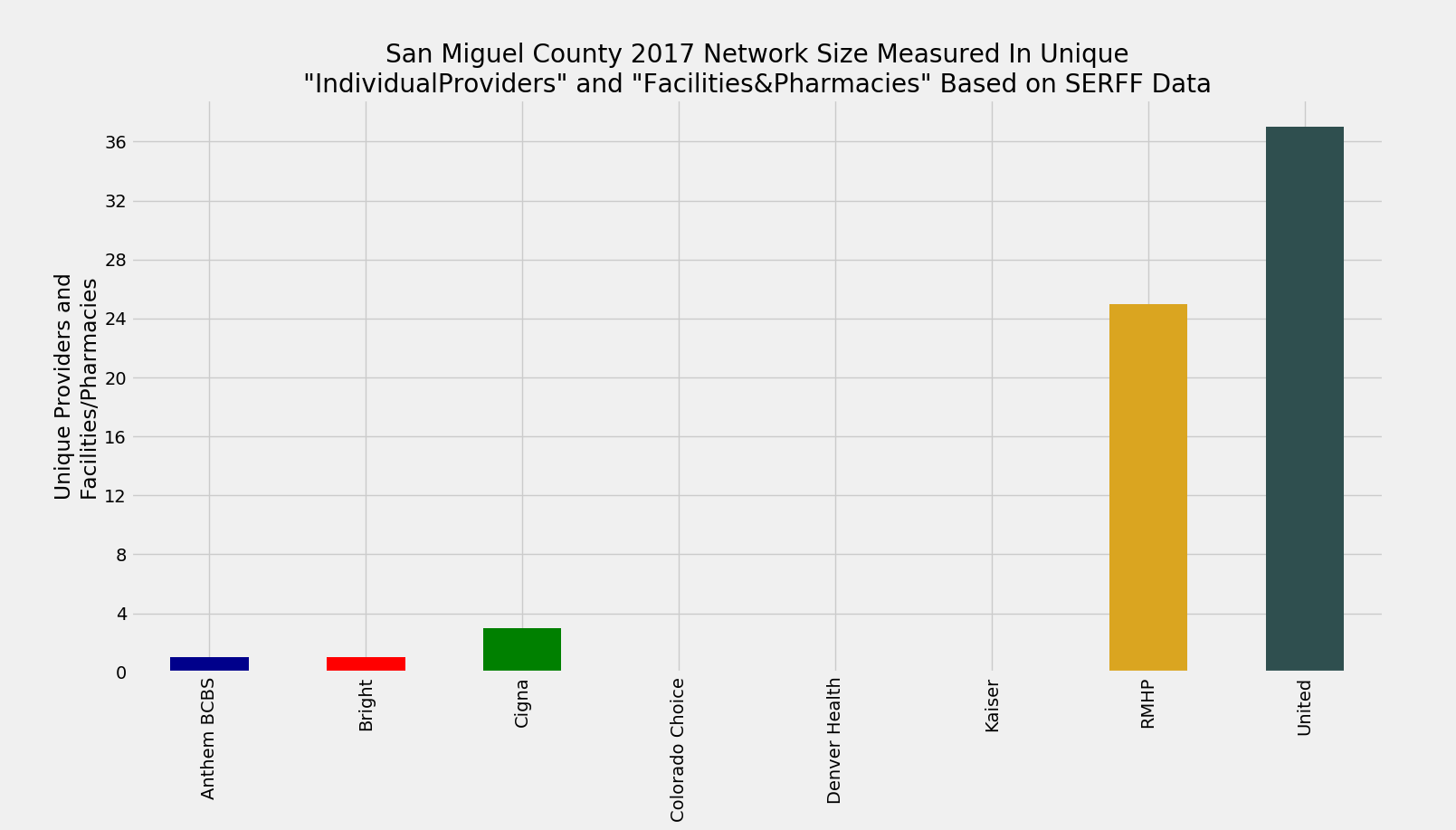I just came across a map released by the US Census Bureau showing data from their Small Area Health Insurance Estimates (SAHIE) program. It was the first time I had seen a county-by-county depiction of health insurance demographics in America – who has it and who doesn’t.
In Colorado, there are 12 counties with at least 29.7% of their population living without health insurance. Interestingly enough, eight of those counties are clustered in the southwestern portion of the state, including San Miguel county, where Telluride is located. Telluride is a playground for the rich and famous, with multi-million dollar homes and an $1850 season ski pass. But for a good number of the not-so-rich-and-famous who live in San Miguel county, being uninsured is unfortunately a way of life.
The counties with the lowest percentage of uninsureds were mostly clustered along the Front Range, with Douglas County having the lowest overall number. In Broomfield County, where we are located, our uninsured percentage is between 11.8% and 17.1% – lower than the national average of 17.2%. But overall, the percentage of Colorado residents without health insurance is higher than the national average.
I think such micro-analysis of the uninsured population in America is long overdue, and I’m hopeful that the addition of the health insurance question to the US Census forms will help lawmakers and health insurance carriers target the hardest hit areas when new policy designs and future government health care subsidies are introduced.
In other news, the Colorado Health Insurance Insider had an article included in this week’s Cavalcade of Risk, hosted by Wenchypoo. Not surprisingly, a large portion of the articles in the Cavalcade were focused on economic risk and the financial markets. I’m still hopeful that next year will bring about health care reform that will make health insurance more accessible and affordable and reduce the number of dark green counties on that census map. But with all eyes on the global financial situation at the moment, I’m wondering how much further health care reform will be pushed to the back burner as the government works to stave off a financial meltdown. And how much money will be left over for health care reform once all of the bailouts and government buyouts are said and done.



